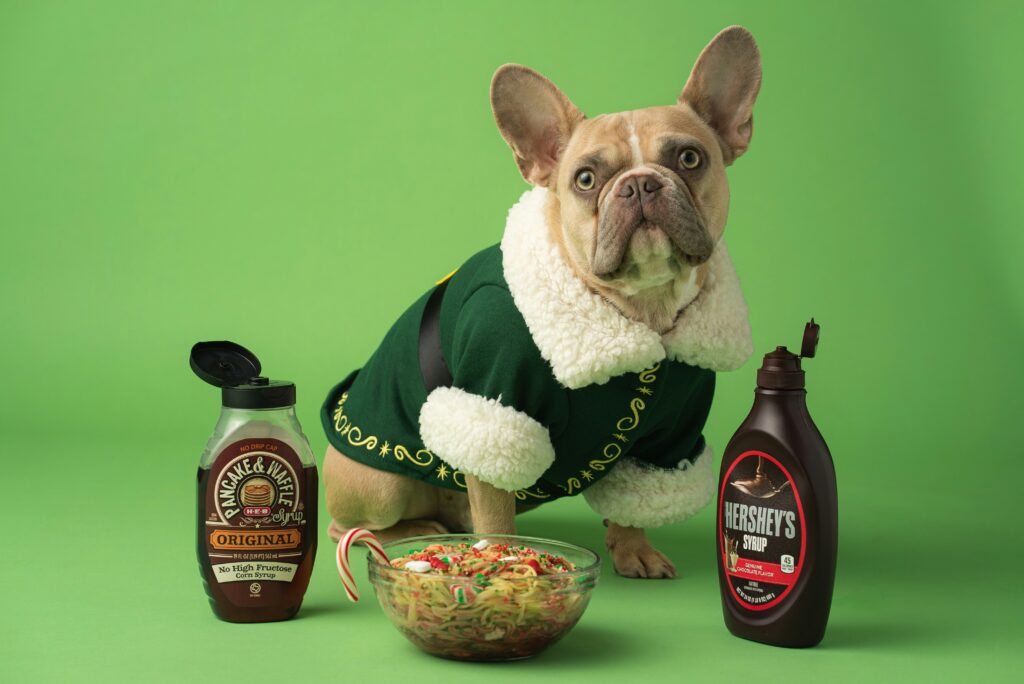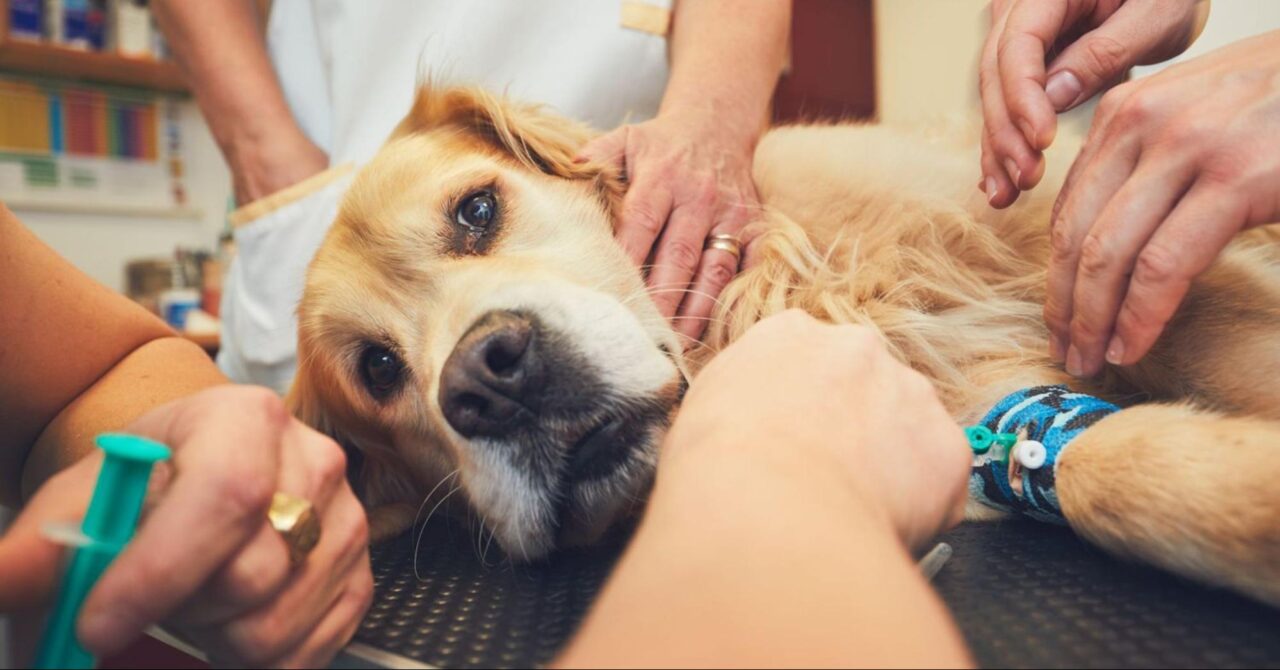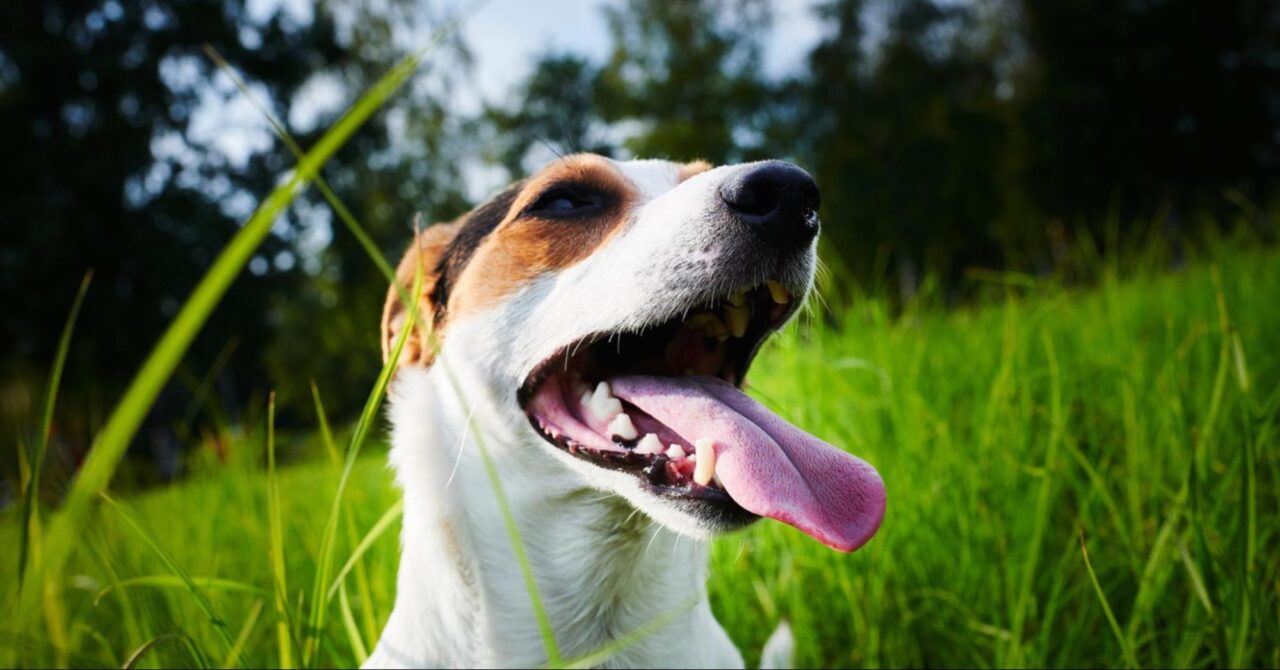If you’re a dog owner, you’ve likely wondered, “Can dogs eat sweetcorn?” This question is more common than you might think, especially among pet parents who want to diversify their dog’s diet with healthy, nutritious options. This blog post aims to answer these questions and, more importantly, thoroughly analyze the benefits and risks associated with feeding sweetcorn to your pup. We’ll also explore other veggies like peas and green beans, offering practical tips to help you make informed dietary choices for your dog.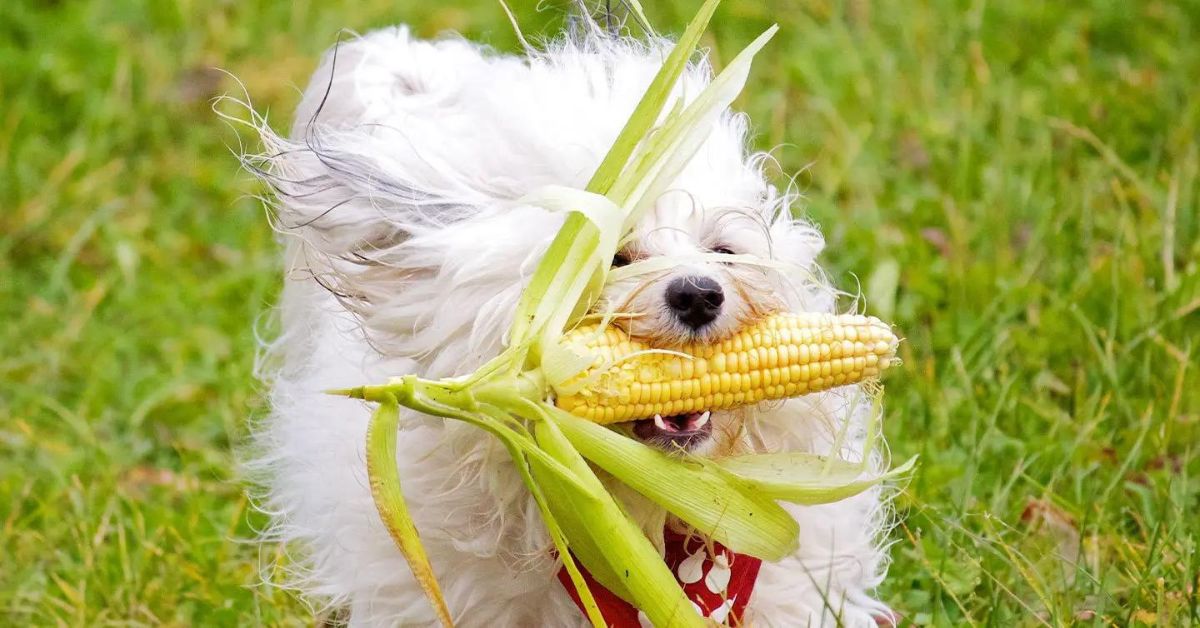
Can Dogs Eat Sweetcorn? A Comprehensive Analysis
Yes, dogs can eat sweetcorn, but some significant considerations must be remembered. Sweetcorn kernels are generally safe for dogs to eat and can even provide some nutritional benefits, such as fibre and vitamins. However, dogs should not eat corn on the cob, as it can pose a choking hazard or cause an intestinal blockage if ingested.
Additionally, avoid giving dogs sweetcorn that has been seasoned with butter, salt, or other additives that are not healthy for them. Permanently remove the kernels from the cob and serve them in moderation as part of a balanced diet. If you are still deciding whether to introduce a new food to your dog’s diet, it’s best to consult your veterinarian first.
The Nutritional Benefits of Sweetcorn for Dogs
Sweetcorn is packed with essential nutrients that can be beneficial for dogs. It contains vitamins B and C, fibre, and natural antioxidants. These elements can help maintain your dog’s overall health, from boosting their immune system to improving digestion. Fiber, in particular, can aid in bowel regularity, making it a valuable addition to your pet’s diet.
However, it’s essential to understand that, like any food, sweetcorn should be fed in moderation. Overfeeding can lead to an imbalance in your dog’s diet, reducing the effectiveness of other essential nutrients.
Risks and Considerations Allergies, Digestive Issues, and Obesity
While sweetcorn has its benefits, it is not without risks. Some dogs may develop allergies to corn, leading to symptoms like itching, swelling, and digestive upset. If you notice any adverse reactions after feeding your dog sweetcorn, it’s best to discontinue its use and consult your vet.
Digestive issues are another concern. Sweetcorn kernels are hard to digest, especially when fed uncooked. This can lead to stomach discomfort or even blockages in severe cases. Ensure the corn is cooked and served in small, manageable portions to avoid these problems.
Obesity is a growing issue among pets, and high-carb foods like sweetcorn can contribute to weight gain if not monitored closely. Keep an eye on portion sizes and ensure that sweetcorn is a tiny part of a balanced diet.
Expert Opinions on Sweetcorn in Dog Diets
Veterinary experts have mixed opinions on feeding sweetcorn to dogs. Some vets argue that sweetcorn can be a healthy treat if fed in moderation and prepared correctly. Others caution against its use due to the potential for allergies and digestive issues. The consensus is to consult your vet before introducing sweetcorn into your dog’s diet, especially if your pet has a history of allergies or digestive problems.
Exploring Other Veggies Peas, Green Beans, and More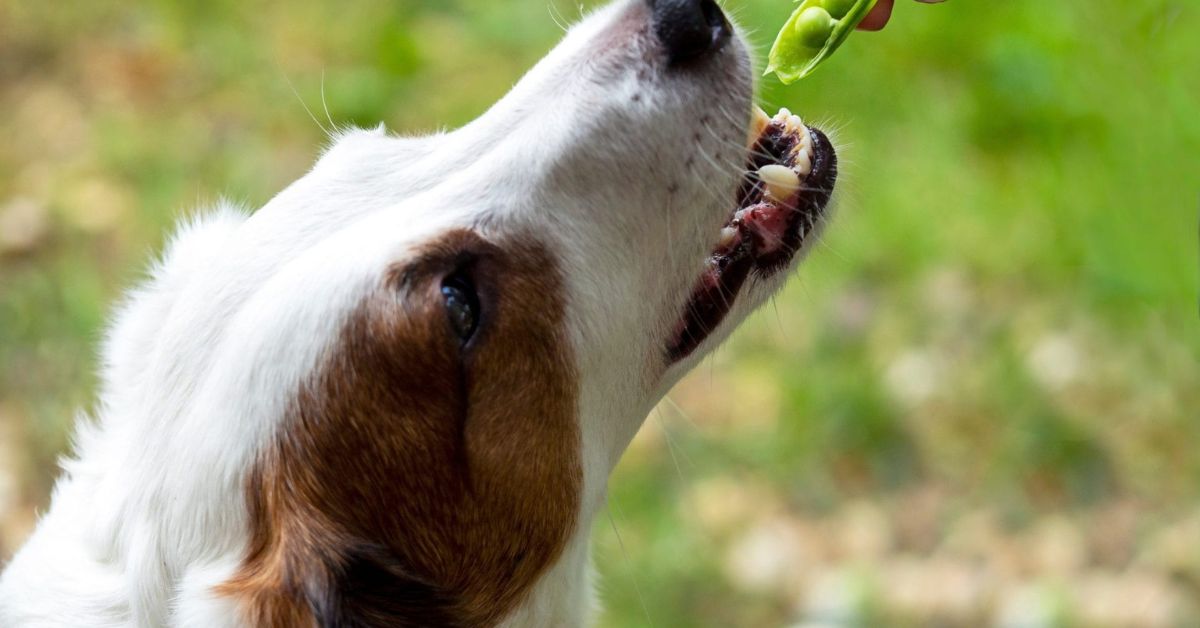
Can Dogs Eat Peas? Nutritional Value and Risks
Peas are another popular vegetable option for dogs. They are rich in vitamins A and K and several B vitamins, fibre, iron, zinc, and potassium. These nutrients can contribute to a healthier immune system, digestion, and overall health.
However, like sweetcorn, peas should be fed in moderation. Overfeeding peas can lead to gas and bloating due to their high fibre content. Additionally, canned peas often contain added sodium, so it’s best to opt for fresh or frozen peas to avoid unnecessary salt intake.
Green Beans for Dogs Benefits and How to Serve
Green beans are often touted as a superfood for dogs. They are low in calories but rich in essential nutrients like vitamins A, C, and K, fibre, and manganese. Green beans can be an excellent snack for overweight dogs as they feel complete without the extra calories.
Avoiding seasonings or oils is crucial when serving green beans, as these can harm dogs. Steaming or boiling green beans are the best preparation methods to ensure they are both nutritious and easy to digest.
Comparing Sweetcorn to Other Veggies in Dog Diets
When comparing sweetcorn to other vegetables like peas and green beans, it’s clear that each has its unique set of benefits and risks. Sweetcorn offers several nutritional benefits but has potential downsides like allergies and digestive issues. On the other hand, peas and green beans provide a range of vitamins and minerals with fewer risks, making them safer options for most dogs.
Ultimately, the choice of vegetable should depend on your dog’s specific dietary needs and any existing health conditions. Consulting with your vet can help you make an informed decision.
Practical Tips for Including Veggies in Your Dog’s Diet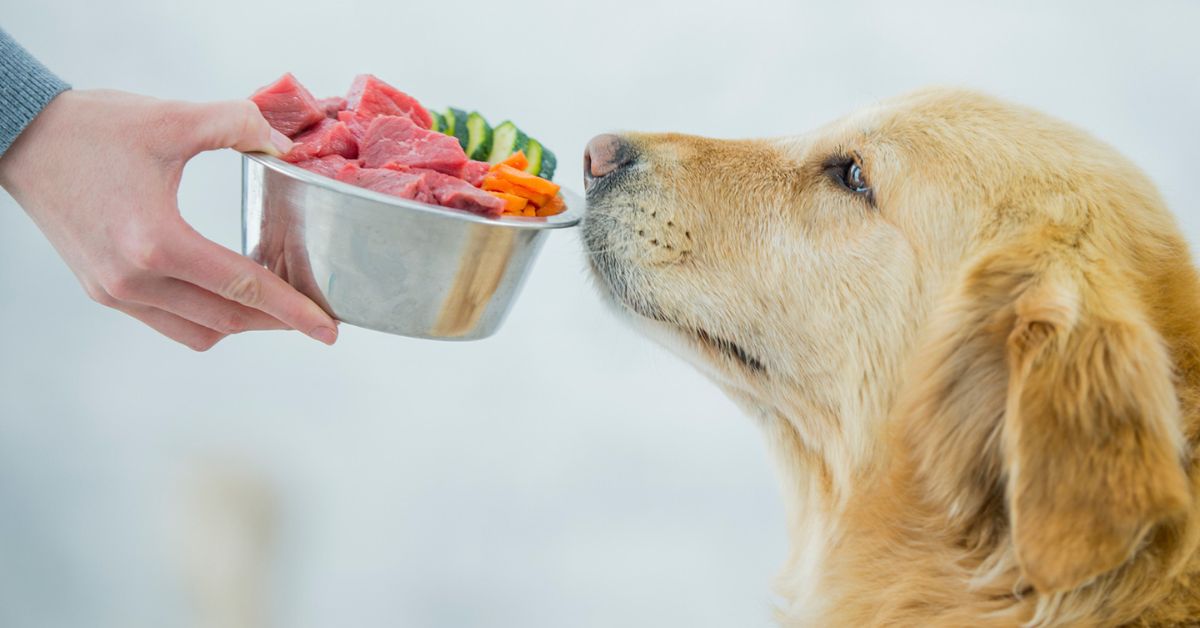
Proper Preparation Methods
Correctly preparing vegetables is crucial to ensuring your dog gets the maximum nutritional benefit. Always cook sweetcorn, peas, and green beans before serving them to your dog. This makes them easier to digest and reduces the risk of any potential choking hazards. Avoid adding seasonings, oils, or butter, as these can harm your pet.
Portion Sizes and Frequency
Portion control is essential when introducing new foods into your dog’s diet. Start with small amounts to see how your dog reacts, and gradually increase the portion size if no adverse effects occur.
Generally, vegetables should comprise at most 10% of your dog’s diet. Feeding veggies a few times a week is sufficient to provide nutritional benefits without overloading your dog’s system.
Monitoring Your Dog’s Health and Adjusting Diet Accordingly
Constantly monitor your dog’s health when introducing new foods like sweetcorn or vegetables. Look for signs of allergies, digestive issues, or changes in behaviour. If you notice any adverse reactions, discontinue the food and consult your vet. Regular check-ups can also help ensure your dog’s diet is balanced and healthy.
Conclusion Making Informed Choices for Your Dog’s Diet
Incorporating vegetables like sweetcorn, peas, and green beans into your dog’s diet can offer numerous health benefits, from improved digestion to enhanced immune function. However, it’s essential to do so thoughtfully, considering potential risks and consulting with your vet.
Vegetables can be a valuable addition to your dog’s diet, but they should be fed in moderation and prepared correctly. Understanding the benefits and risks of each type of vegetable can help you make informed decisions that will keep your dog healthy and happy.
FAQ
Is canned corn OK for dogs?
Can dogs consume maize in a can? Dogs can eat corn, but canned corn is typically cooked with salt so that it could be better for them. Uncanned corn is usually a far better alternative for dogs wanting to try it.
What happens if my dog eats corn on the cob?
Unless your dog exhibits symptoms of distress, there shouldn’t be any reason for concern if it has simply eaten the kernels. However, if your dog has consumed the cob’s core, you should watch for any indications of gastrointestinal trouble.
Can dogs eat tuna and sweetcorn?
Although it shouldn’t be a regular component of your dog’s diet, you can occasionally offer them tuna. If your dog is allergy-free, sweetcorn is OK to feed them. It would help if you never fed them corn on the cob, only the kernels. Your dog should occasionally receive sweetcorn as a treat or snack.




